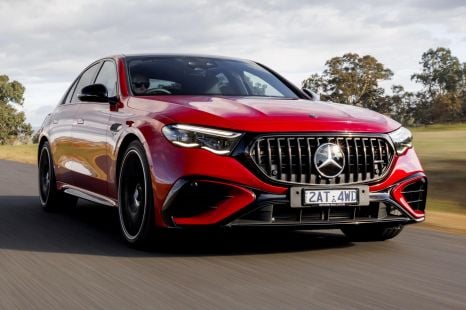

Max Davies
6 Days Ago
Ford Australia may have been less scattershot than crosstown rival Holden with its product planning, but that didn't mean it didn't have the occasional sales flop.

News Editor
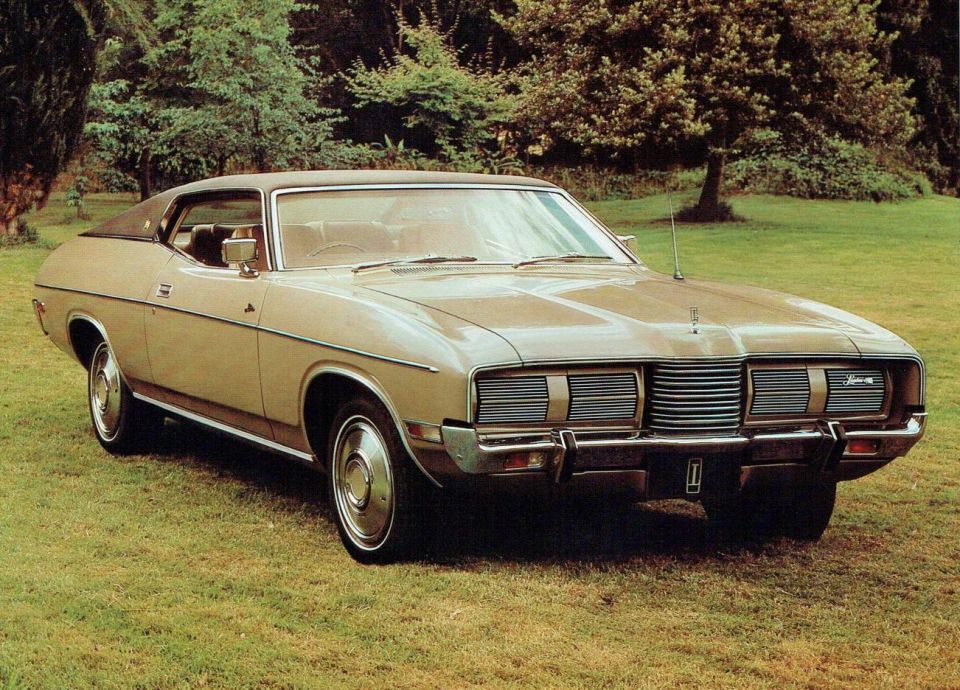

News Editor
Ford Australia manufactured the Falcon for 56 years, in addition to other locally-developed models like the Fairlane and Territory. But while it was often accused of being the Falcon Motor Company, Ford has for decades offered a wide range of other vehicles.
Some have proved popular, at least for a time – the Laser, for example, was once one of Australia’s best-selling cars.
But not all Fords were winners in the market, however, with even some Australian-made models failing to make much of a ripple.
Note: This article was first published in 2020. We’re republishing some of our most popular content.

The Ford Territory was the first locally engineered, four-wheel drive Ford, right? Not quite.
In 1972, Ford started building a four-wheel drive version of the XY Falcon Utility. It didn’t get far, with production ending the same year.
Initial plans were to sell the four-wheel drive ute in Queensland and New South Wales only, and then potentially roll it out to other states and even introduce a four-wheel drive wagon – a proto-Territory, if you will.

The Eagle Farm plant in Brisbane handled production as it could better accommodate a more time-intensive, low-volume project than the busier Broadmeadows operation. Eagle Farm also handled local assembly for imported F-Series trucks and had supplied components to Willys Motors, which assembled its CJ-5 and CJ-6 Jeeps locally.
Delays sourcing the Jeep four-wheel drive components led to the XY 4WD’s 1972 introduction, right as the new XA was reaching showrooms. There were plans to eventually do a XA 4WD, however.
You can tell an XY 4WD from its rear-wheel drive counterparts by its higher ride height, as well as the goofy plastic front spoiler employed to hide some of the greasy four-wheel drive bits underneath.
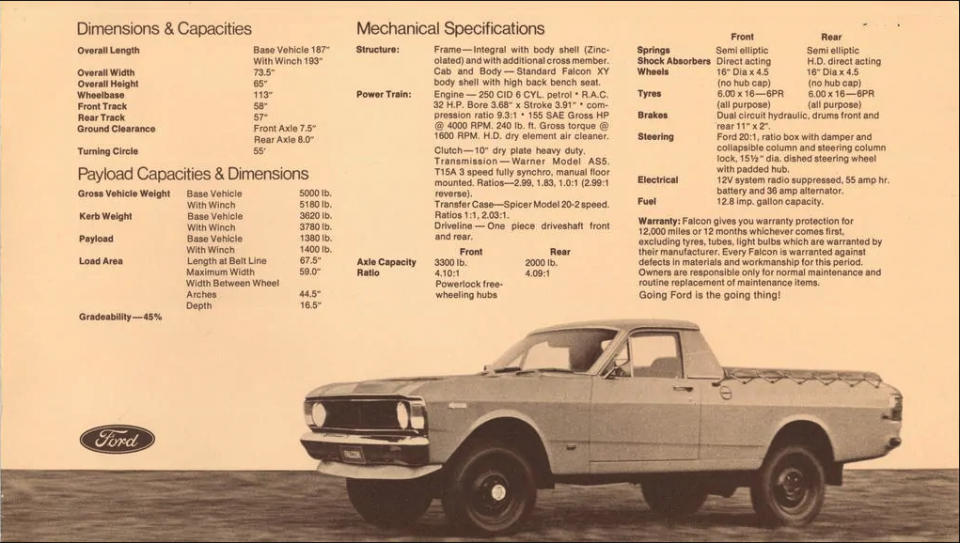
The XY ute was jacked up by 190mm (7.5 inches) at the front and 203mm (8 inches) at the rear. It adopted a leaf-sprung, live front axle – a first for the unibody Falcon – which required a lot of rejigging and reinforcing under the bonnet, including a slanting of the engine to the right to provide clearance between the axle and the sump.
Priced at $3680, all 432 units used Ford’s 250 cubic-inch (4.1-litre) six-cylinder engine mated to a three-speed manual transmission with a two-speed transfer case. Kerb weight was 1642kg, with a payload of 625kg.
It might look basic but this was a plusher vehicle than Land Rovers and Japanese 4WDs of the time, with a padded dash panel, sun visors, and door-mounted arm rests. Accessories included a heavy-duty tow bar and a military-style high canvas canopy.
Ford planned to produce 400 units and ended up manufacturing 432, but no more. For whatever reason – reportedly a failure to meet Australian Design Rules, but more likely a lack of profitability – Ford discontinued the project. Instead, those wanting a four-wheel drive ute were steered towards the locally-converted F-Series.
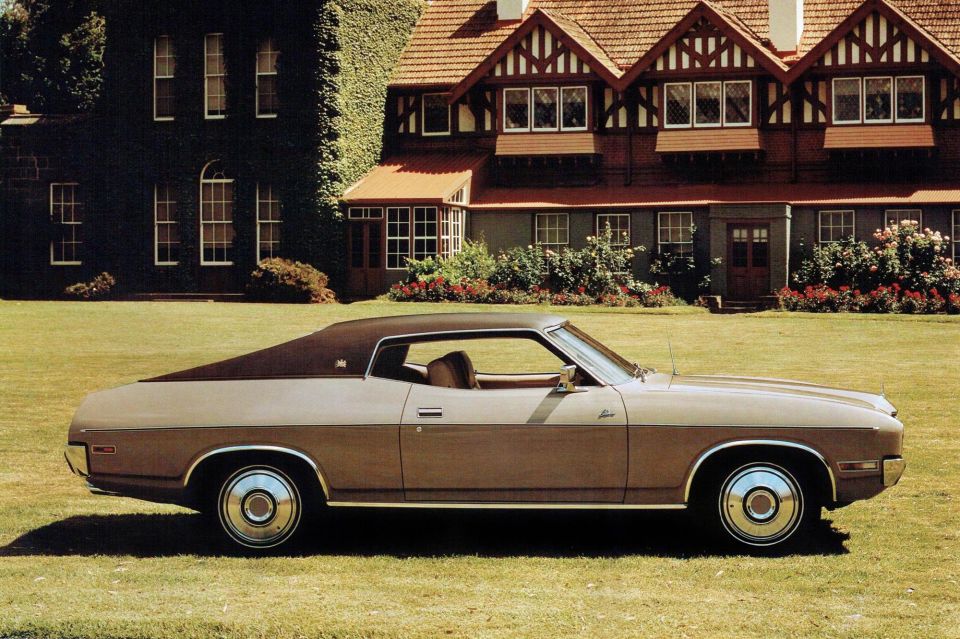
Ford, Holden and Chrysler all looked to their American counterparts for inspiration over the years, borrowing American nameplates (Caprice, Charger etc) and paying homage to American designs. You need look no further than the flagship lines of each of the Aussie Big 3 to see just how much American influence there was.
That also led to some intriguing models which American observers would have found quite odd. Take the Ford Landau, a short-lived coupe companion to the Fairlane and LTD.

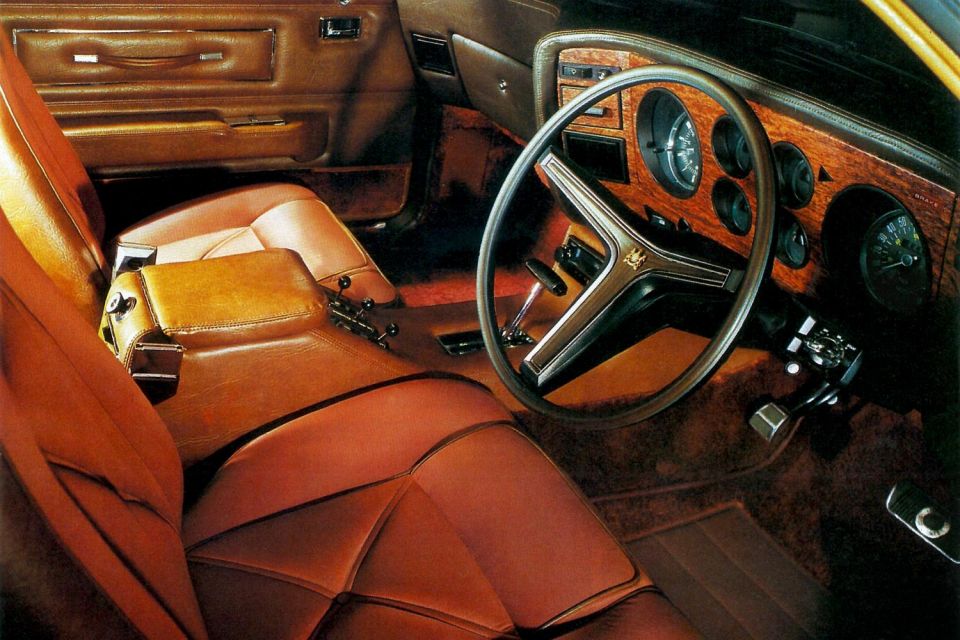
It took the body of the XA Falcon Hardtop, itself heavily inspired by the Ford Torino and Mercury Montego Sportsroof coupes, and added the more formal front end of the P5 LTD with its vacuum-operated hidden headlights, reminiscent of those of the larger Mercury Marquis and Lincoln Continental.
The end result was a curious mix of formal and sporty styling, in sharp contrast to full-sized American luxury coupes that would typically have a more upright C-pillar and a more stately rear. Ford did, however, revise the Falcon hardtop’s window line slightly.
Landau, like Brougham, was a generic American trim level name that typically denoted a fully-loaded vehicle with a vinyl roof – indeed, a landau roof was a type of vinyl roof design. And yes, the Ford Landau came with a vinyl roof.

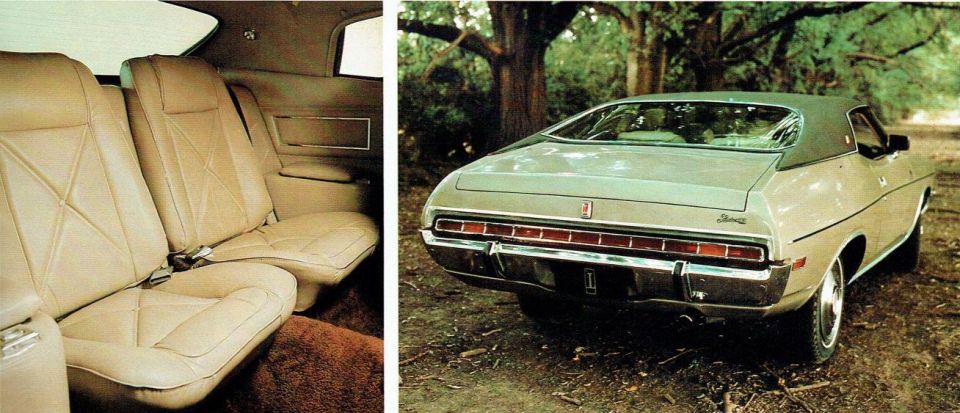
It was specified to the same level as the LTD, with a 351 cubic-inch (5.8-litre) V8 with 216kW of power and 515Nm of torque, mated to a three-speed automatic transmission. Weighing over 130kg more than the mechanically identical XB Falcon GT Hardtop, the Landau still had plenty of punch for a big coupe.
Also standard on the LTD and Landau were power windows, power steering, air-conditioning and four-wheel disc brakes; leather upholstery was a $250 option, though the Landau differed from the LTD in having bucket seats both front and rear.
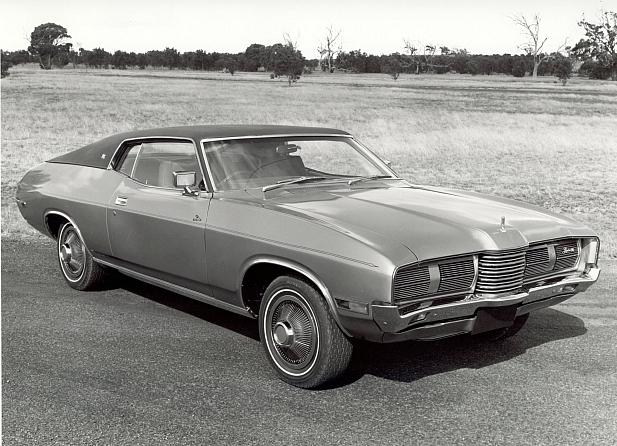
While the LTD, also new for 1973, had a wheelbase 127mm longer than that of the Fairlane, the Landau was no longer and therefore no more spacious (or easier to see out of) than a Falcon hardtop. The Landau was cheaper than the LTD, though, at $6950; the LTD was an extra $800.
Coupes may have been dominating the American market in the 1970s, with coupe-only lines like the Ford Thunderbird and Chevrolet Monte Carlo often outselling the sedan/coupe/wagon lines on which they were based, but Australians were much less enthusiastic.
That applied to luxury car buyers, too, and so the Landau was discontinued after 1976. Just 1385 were made.

American Motors was smaller than Ford, General Motors and Chrysler so it often had to do more with less. While it sold fairly unsuccessful oddballs like the 1975 Pacer, it also occasionally had a stroke of genius like wedging Jeep mechanicals under a car body (the 1980 AMC Eagle) or partnering with a fashion label for a special edition.
That must unlikely of collaborations, the 1972 AMC Hornet Sportabout Gucci, got Ford’s attention. In 1976, it introduced a series of designer editions of its flagship American model, the Lincoln Continental Mark IV coupe, which were appearance packages co-created with upscale brands Cartier, Pucci, Givenchy and Bill Blass.
Lincoln would go on to offer designer editions into the 1990s. In 1980, Ford Australia followed the lead of its head office and introduced a designer edition of its most expensive local model, the FC-series LTD.

The LTD Cartier was finished in champagne metallic with burgundy pinstriping. Inside, there was a choice of leather or the then-fashionable crushed velour for the seats, both of which were coloured champagne to match the carpeting.
In leather-trimmed models, there was a break from the beige in the form of burgundy accents on the seats, doors and centre console. Also burgundy were the leather purse, key case and travel wallet included with every LTD Cartier.
A power moonroof was standard, though it could be deleted for a credit. You also had a choice of 4.1-litre six-cylinder or 5.8-litre V8 engines.

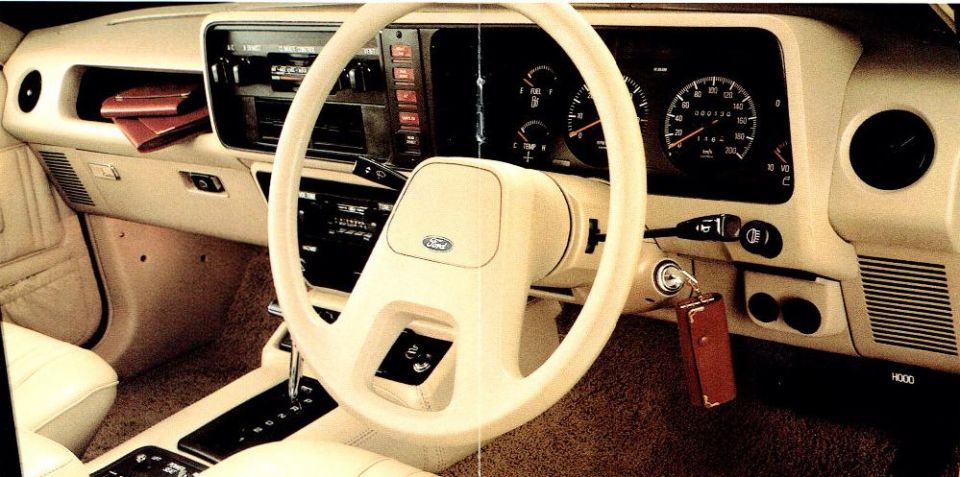
The Cartier returned for 1981 but it would be its last year – the subsequent FD series dropped the special trim level, plus the V8 and even the cool darkened tail lights.
And though Ford had offered Silver Monarch, Town Car and Cartier special editions of the LTD over the past few years, there would never again be a special edition LTD after the Cartier.
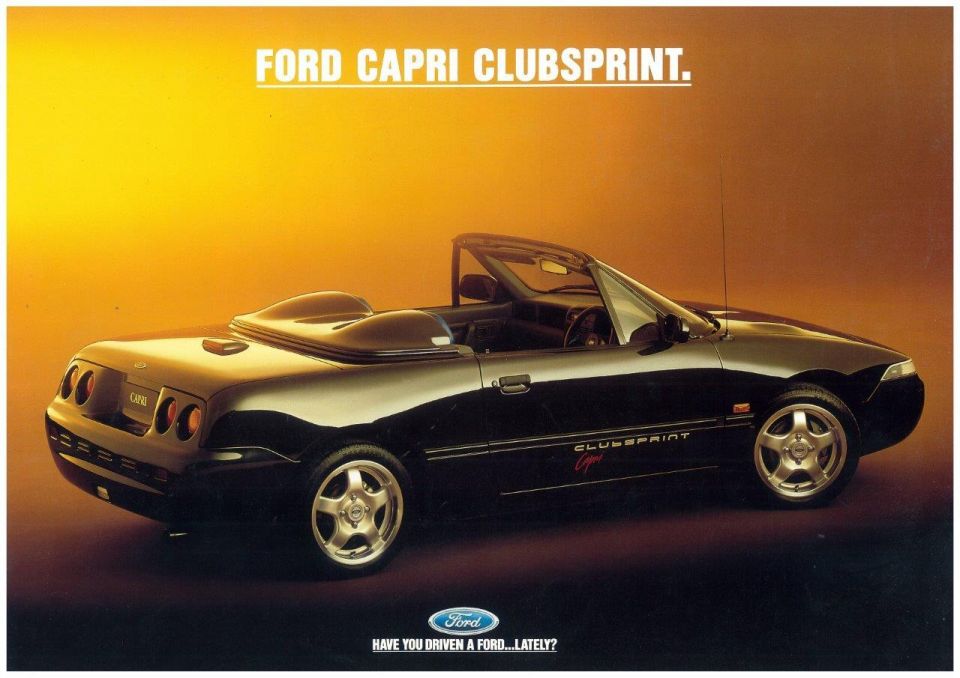
Ford Australia first collaborated with tuning firm Tickford in the early 1990s, establishing a joint venture called Tickford Vehicle Engineering. While many of TVE’s projects were Falcon-based, one of its first was based on the Capri convertible.
The Capri was a Mazda 323-based, ItalDesign/Ghia-designed convertible developed by Ford Australia and exported to the US, where it was sold as the Mercury Capri.
Though it reached Australian showrooms at the same time as the Mazda MX-5, a sportier, rear-wheel drive rival, the Capri enjoyed some modest popularity in Australia (though not so much in the US). It was a little less dynamic than the Mazda but offered a second row of seats, however small.
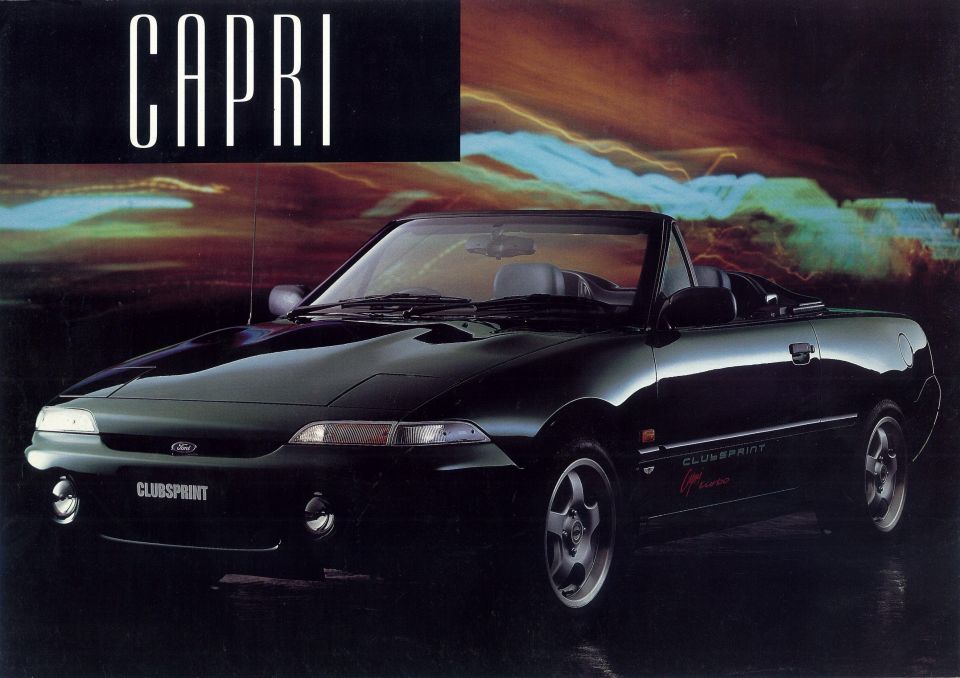
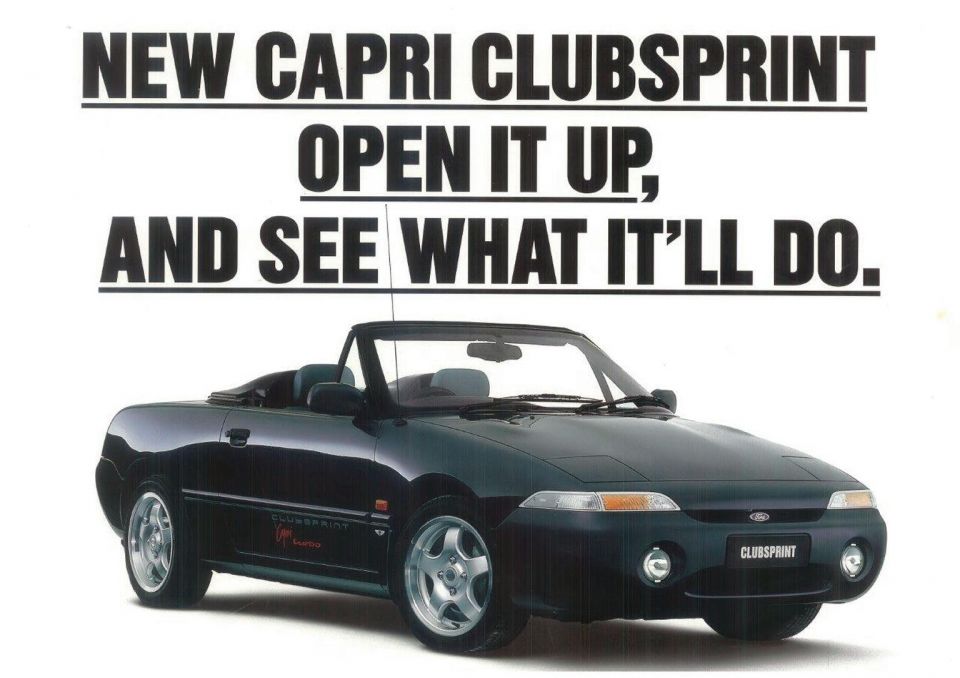
Though not unusual for a convertible in Australia, Capri sales had declined a bit by 1992. The Clubsprint was a way to attract attention to the Capri again and, aesthetically, it delivered. The useless second row was replaced with a parcel shelf, with a double-bubble tonneau cover – which Ford called a Capote lid – that gave the Capri more of a roadster look.
The Clubsprint also received more aggressive front and rear styling, with quad round tail lights and a new front bumper with two round Hella driving lights. All Clubsprints were Pearl Black with blue leather upholstery and a Momo steering wheel.
The only engine available was a turbocharged Mazda 1.6-litre four-cylinder with 100kW of power, mated to a five-speed manual transmission. TVE also lowered the suspension by 25mm at the front and 15mm at the rear and fitted unique 16-inch alloy wheels.
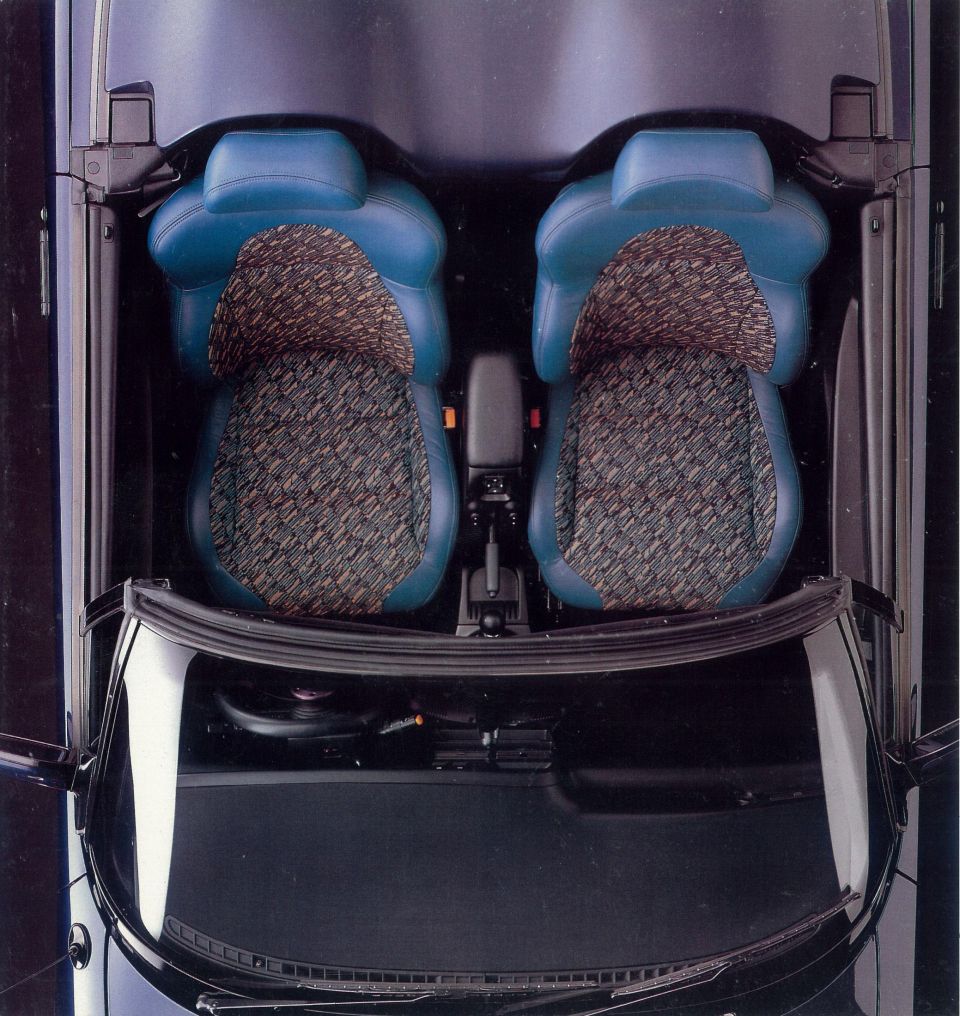
Just 200 examples of the 1992 Capri Clubsprint were produced, but Ford brought it back in 1993. Clubsprints were now available only in white or green, while the standard engine – as on the regular Capri – was a 77kW 1.6-litre four-cylinder, with the turbo 1.6-litre optional. The wild blue seats were gone, replaced with similarly garish cloth and green leather upholstery.
The naturally-aspirated ‘93 was priced almost identically to the turbocharged ‘92, with the more powerful engine costing an extra $2000. According to CapriConvertible.com, the ‘93 Clubsprint was even rarer despite the additional engine option – just 158 were produced, followed by a mere 46 in 1994.
Capri sales had well and truly contracted by this point, both here and in the US. The Capri was sitting at around a quarter of its 1990 sales, sounding the death knell for the little droptop.
Unfortunately, the end of the Capri meant the end of Ford Australia’s left-hand drive export program, so Americans would never get to experience more conventional Australian models like the Falcon and Territory.
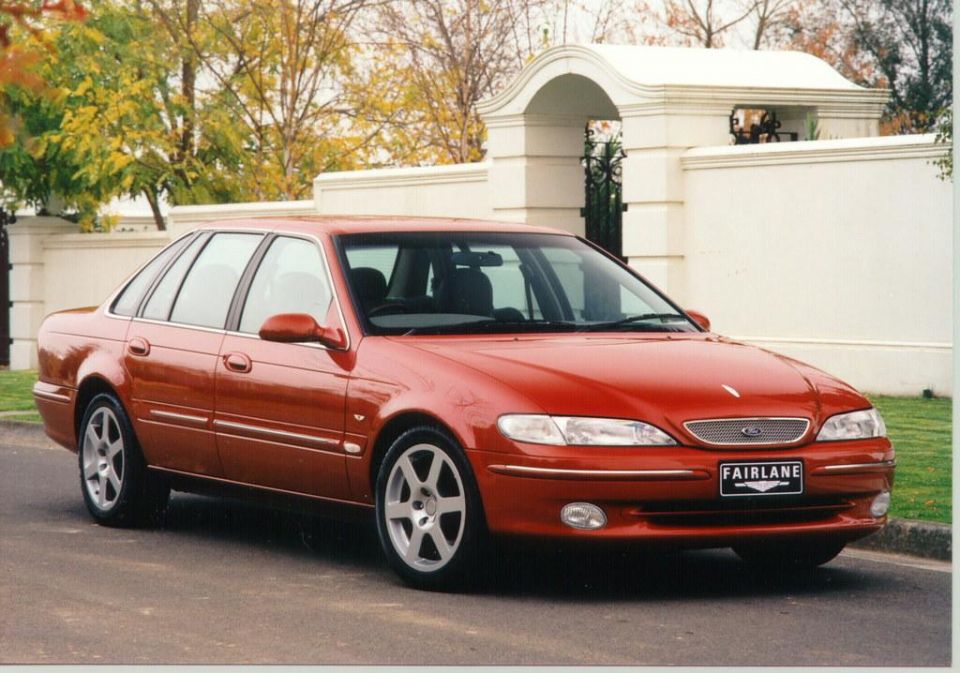
The Grange was a mainstay of the HSV range from 1996 until 2017, replacing the HSV Statesman. Meanwhile, the Blue Oval brand had only offered the occasional, vaguely sporty-looking Sportsman edition plus a short-lived Tickford suspension package during the NC generation.
Ford only made two attempts at a hotted-up luxury limo to directly rival the Grange. The first came during the end of the NL Fairlane’s run, with Ford contracting Tickford Vehicle Engineering in 1998 to create the Fairlane by Tickford. Just 106 were built, all in Navy Blue or Regency Red.
Borrowing parts from the EL Falcon GT of 1997, the Fairlane by Tickford’s Windsor V8 engine had an extra 30kW and 17Nm over the Fairlane for a total of 195kW and 405Nm, just 5kW down on the GT.
It undercut the HSV Grange 185i by $2725, but at $70,500 it also cost a whopping $18,000 more than the Fairlane Ghia V8 and $3500 more than an LTD V8.
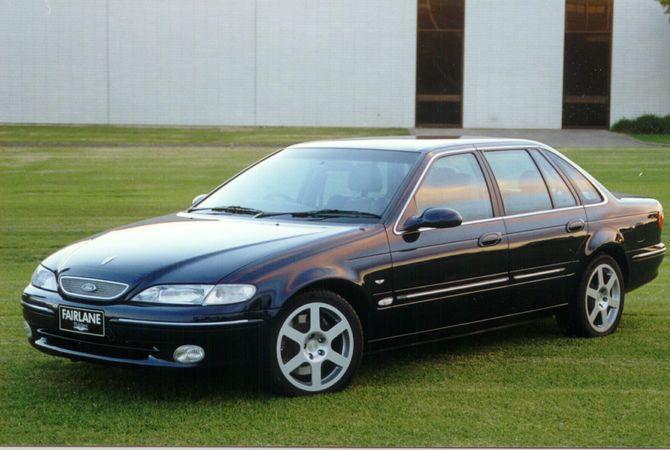
For the extra sum you got unique 17-inch alloy wheels, a mesh grille, the GT’s bigger brakes and a revised suspension tune, in addition to the more powerful V8. Inside, there were leather sport seats, a wood-rimmed Momo steering wheel, and additional leather accents.
Ford fortunately avoided the excesses of the EL GT, whose exterior modifications would have looked try-hard on the larger and more conservative Fairlane Ghia.
The FBT also didn’t use the GT’s suspension tune, with Tickford retuning the Fairlane Ghia to improve roadholding but not at the expense of ride quality. That was sensible, considering the NL was the last series of Fairlane to use a live rear axle.
Ford’s next attempt at a hotted-up Fairlane arrived just a year later in 1999.
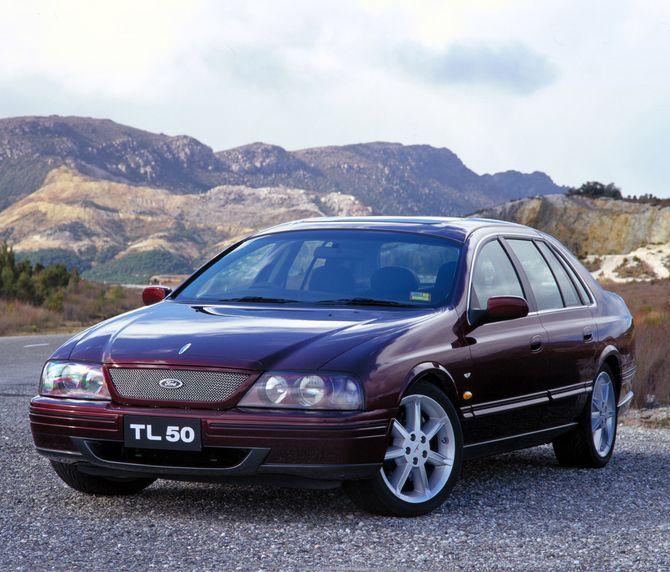
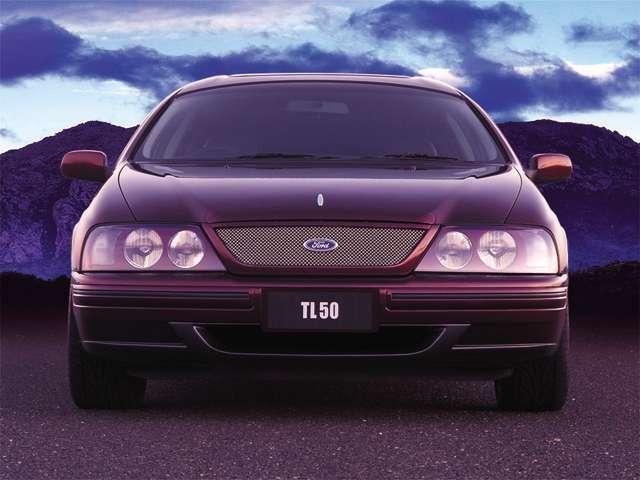
FTE, or Ford Tickford Experience, was a precursor to the better-known Ford Performance Vehicles (FPV). Sick of HSV stealing all the thunder in the local sports sedan market, Ford once again tied up with Tickford and created the FTE performance brand.
In 1999, Ford launched three FTE models: the Falcon-based TE50, the Fairmont-based TS50 and the Fairlane-based TL50.
While HSV often looked positively boy-racerish with giant spoilers and lairy body kits, the FTE sedans were dignified and understated, toning down their polarising AU bases. Rear spoilers were even optional.
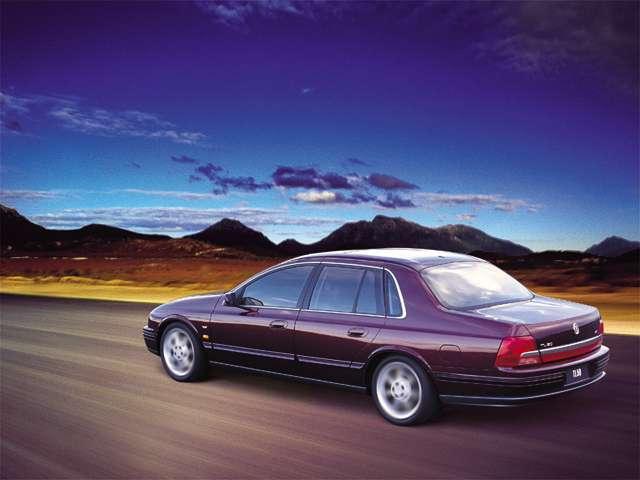
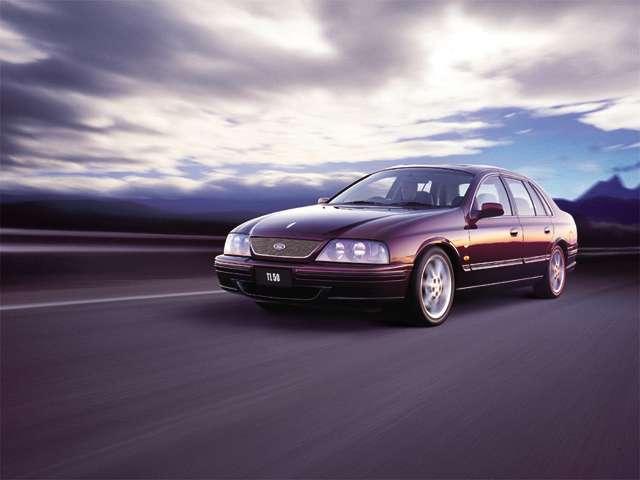
The TL50 was priced directly against the HSV Grange and was powered by an updated Windsor V8 producing 200kW of power and 420Nm of torque; the cheaper TS50 had an extra 20kW and 15Nm, while the Fairlane Ghia V8 had 175kW and 395Nm and the LTD V8 185kW and 412Nm.
The flagship FTE’s V8 was a fettled version of the Falcon XR8’s engine, with modifications like a larger air intake and a revised camshaft profile. Like the TS50 only a four-speed automatic transmission was available, though it had a manual-shift mode.
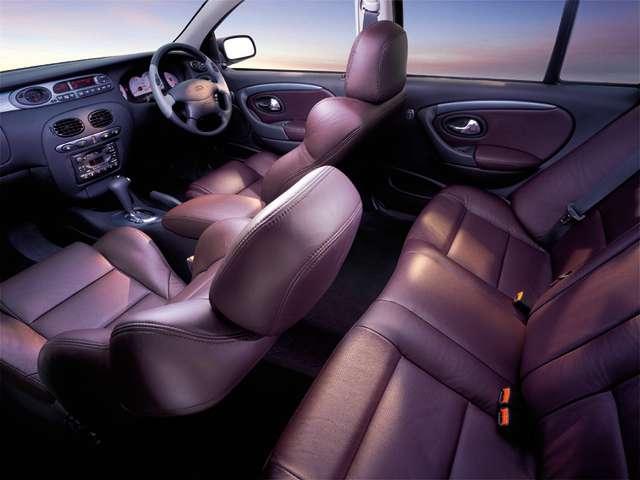
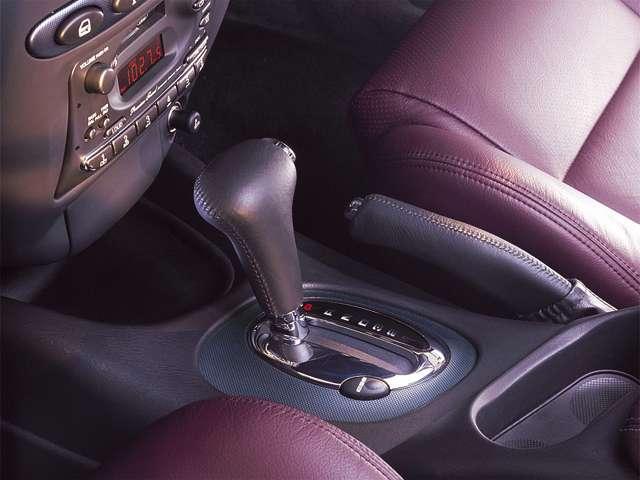
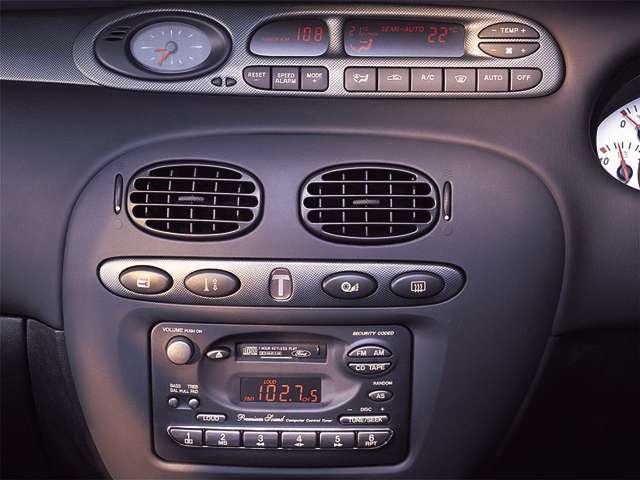
Other changes included bigger brakes with twin-piston calipers behind new 18-inch alloy wheels, plus some carbon-fibre interior trim, charcoal or aubergine leather upholstery, and white instruments.
While Tickford did a commendable job toning down the AU Fairlane’s styling – the most overtly American-looking prestige Ford since the P6 LTD – the TL50 was priced directly against the Grange, its $77,000 list price only undercutting the HSV by $1500. The HSV, however, had an extra 50kW of power and 38Nm of torque plus a slightly longer feature list.
Although the TL50 officially remained on price lists into 2001, just 58 were made out of a total of 841 FTEs. Ford would offer vaguely sporty G8 and G220 versions of its BA but there would never be a Fairlane or LTD-based model in the Ford Performance Vehicles line.
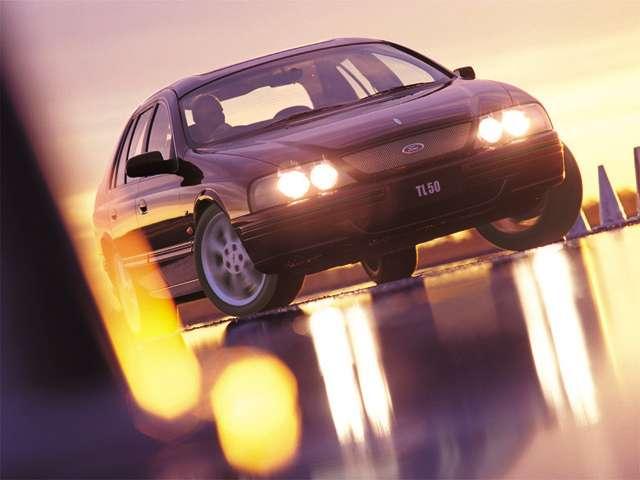
We’ll look at five more Fords in Part II.
With Ford’s long history in Australia, we’ve had to leave some vehicles on the cutting room floor. These include, but are not limited to, models like the Corsair, EB Falcon SS, Laser SR2 and Maverick Brock.
Check out the other articles in this series below:
What other brands would you like to see us cover in this series? Let us know in the comments below!
Take advantage of Australia's BIGGEST new car website to find a great deal on a Ford.
William Stopford is an automotive journalist based in Brisbane, Australia. William is a Business/Journalism graduate from the Queensland University of Technology who loves to travel, briefly lived in the US, and has a particular interest in the American car industry.


Max Davies
6 Days Ago
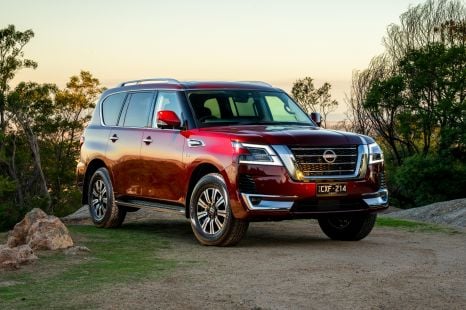

James Wong
5 Days Ago
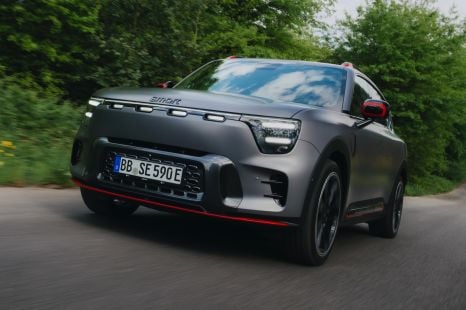

James Fossdyke
4 Days Ago


Gautam Sharma
3 Days Ago
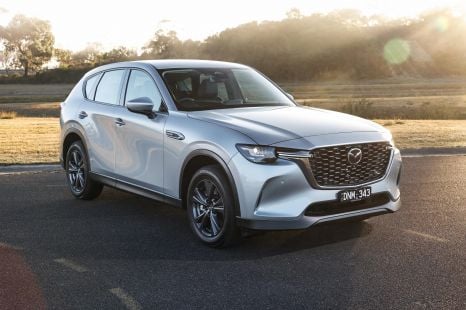

Josh Nevett
2 Days Ago
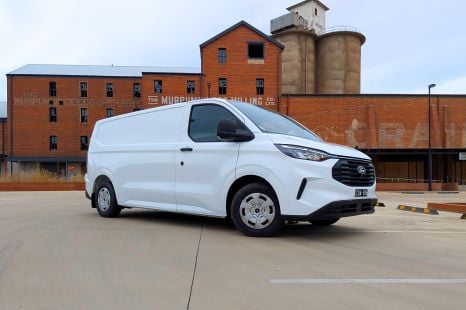

William Stopford
1 Day Ago